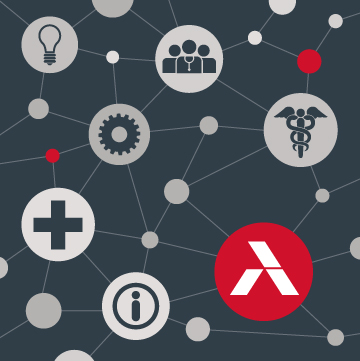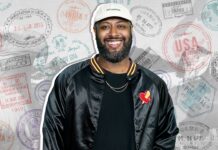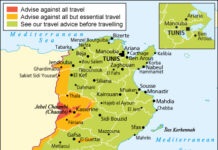New York City currently accounts for more than one-third of known U.S. monkeypox cases—and the city, which has one of the largest and best-funded health departments in the country, is still struggling to respond.
Why the US response to monkeypox is drawing comparisons to Covid-19
‘The stakes are high’ in New York City
Last week, the World Health Organization declared monkeypox a public health emergency of international concern. And the United States has continued to experience an uptick in monkeypox cases as the virus spreads nationwide. As of July 27, CDC has received reports of monkeypox cases in almost every state. However, the largest concentration of the virus is in New York City, which currently accounts for more than one-third of known U.S. cases, Politico reports.
New York City health commissioner Ashwin Vasan said, “We’re dealing with a number of concurrent challenges. Covid cases are rising, as you know, driven by two new and more transmissible variants. Add on top of this the recent monkeypox epidemic at this stage, which has been a real challenge for our department and for the city to manage concurrent infectious diseases.”
“People travel in and out of New York all the time,” said Demetre Daskalakis, the director of CDC’s Division of HIV Prevention and an official working on the agency’s monkeypox response. “The stakes are high from the perspective of making sure that we address people’s health who live there, but also in terms of the possibility of import and export of the virus from people who travel.”
According to Leana Wen, a public health professor at George Washington University and former commissioner of the Baltimore City Health Department, monkeypox could become endemic in the United States if its spread is not stopped soon.
“There is an opportunity to contain monkeypox and everything should be done to try to do so. We are way past that window for Covid. It’s a very different place than monkeypox where prompt action by health officials and by individuals can make a big difference in the trajectory of this disease,” Wen said.
New York state health commissioner Mary Bassett said she believes the virus can be contained.
“I still consider this containable. At least certainly within our country,” Bassett said, adding that the state has tools that it “did not have with Covid.”
“We have a vaccine, we have treatment … we have diagnostic testing,” Bassett added.
Officials struggle to respond to rising cases
Experts noted that many monkeypox cases have likely gone unreported due to a lack of testing—an issue that also occurred during the early days of the Covid-19 pandemic.
“There wasn’t enough testing and so for every one case that’s identified there are maybe five or even 10 cases that are not being counted,” Wen said, adding that “it’s unfathomable that we have not learned that crucial lesson from Covid-19 and are repeating it all over again.”
Wen said testing is often only performed on symptomatic individuals who have lesions, excluding asymptomatic individuals or those who have developed other symptoms.
On Friday, New York City made 17,000 monkeypox vaccine doses available out of the 25,963 doses it was sent by the federal government. However, the city’s system for scheduling appointments has experienced multiple technological difficulties.
On Wednesday, White House Covid-19 response coordinator Ashish Jha noted that New York’s supply of the two-shot monkeypox vaccine, Jynneos, “is enough vaccines—for the first shot—for about 50 percent of the population at risk.”
While anyone can get the virus, New York’s outbreak has primarily circulated as a sexually transmitted disease among men who have sex with men, Politico reports.
The city’s initial doses were administered at a sexual health clinic in a wealthy neighborhood with a large population of gay white men, Kaiser Health News reports.
“It was in the middle of the day,” said Gregg Gonsalves, an epidemiologist at the Yale School of Public Health and a longtime AIDS activist. “It was in a predominantly gay white neighborhood. … It really was targeted at a demographic that will be first in line for everything. This is the problem with relying on … people coming to you.”
Separately, Michael LeVasseur, an epidemiologist at Drexel University, said, “The demographics of that population may not actually reflect the highest-risk group. I’m not even sure that we know the highest-risk group in New York City at the moment.”
The city has expanded vaccination sites to Harlem, the Bronx, Queens, and Brooklyn, but “to get the vaccine, you had to be in the know, have the day off, and be willing and able to stand in line in public,” Kaiser Health News reports. (Eisenberg et al., Politico, 7/26; Gounder, Kaiser Health News, 7/27)








